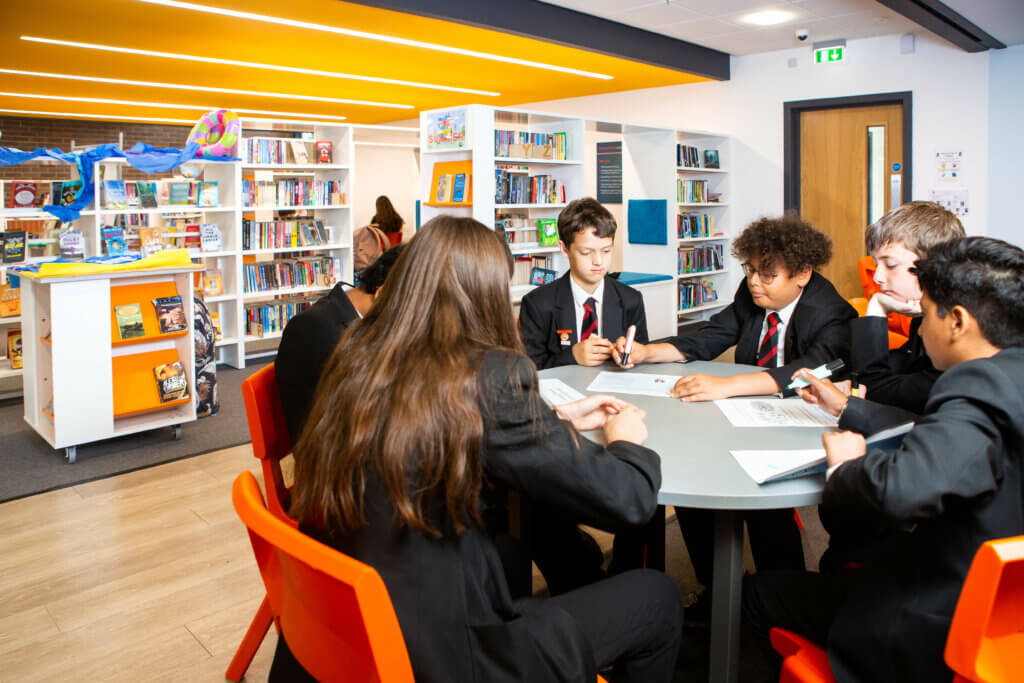We have recently created a brand new resource for organisations working with children and young people online, this blog takes a closer look at this resource.
The internet is a fantastic tool for teaching and harnessing creativity, communicating with others, and sharing successes with the wider community. During lockdown we have seen many heritage, arts and community organisations adapting to work with children and young people online in exciting and innovative ways. The sector has responded incredibly and offered much relief, entertainment and creativity for the public during these unprecedented times.
However, we also know that there is much to consider whether organisations have been ramping up their digital provision, or starting a whole new chapter in their organisation’s approach to technology. This is why we teamed up with the National Lottery Heritage Fund to produce a practical guide for organisations working with children and young people online.
Whilst lockdown may be easing, this ‘new normal’ is driving us to think differently about how we work and ensure that it is sustainable for the long term. Engaging audiences online can make our work more inclusive and accessible to a wider range of people, including children and young people.
Built from the experiences of heritage organisations
To really understand what the needs of organisations were, we conducted an online survey to ask professionals what they needed more support on, what challenges they faced, as well as what they found had been working well. We heard from over 80 heritage organisations across the UK, these organisations have proven to be highly imaginative in engaging their audiences and gave us valuable examples of best practice when it comes to safeguarding children and young people online.
“We are a very small organisation and we’ve been able to embrace the use of technology and offer equally engaging programmes online as we do when we deliver in-person. As one of our work’s main targets is to future proof children and give them the necessary skills to navigate an ever-changing world, this online engagement has opened up opportunities for some really exciting future programmes.” – A Little Learning
They also highlighted key concerns and challenges around working with children online that we wanted to address.
“We have faced accessibility issues with engaging participants in remote activities, such as access to a laptop or suitable Wi-Fi connection at the time of live session. To combat this, we record all sessions and send them to registered participants so that they can join in the activity at any stage during that week.” – Nerve Centre
Supporting you in key online safety areas
Drawing from our own expertise as well as from the wider heritage sector, this guide will support you with:
- understanding why online safety considerations are vital before you embark on your digital journey, whether or not you plan to engage with children and young people directly
- helping you to engage in online activity that is as enjoyable and safe as possible for the communities you work with, and particularly children and young people
- providing you with checklists and useful resources as well as signpost further for help
Who is this guide for?
This guide is for any organisation working with children and young people in the UK. It is available in English and Welsh.
Whilst we focus on heritage organisations, youth groups, arts and community-based organisation will also find it useful. We heard from organisations as small as two people to much larger, established ones and so we have created a guide where everyone can adapt and tailor to their own setting.
What does this guide cover?
This practical guide will focus on the issues that organisations told us they needed the most support on. These include:
- the key risks children and young people face online
- policies organisations should consider and practical ways to apply them
- what to consider when using social media
- hosting live online events
- creating and sharing images and videos involving children
- responding to online safeguarding concerns.
Throughout the guide we include helpful checklists and other resources and support.
We hope this guide will help you have a strong online safety foundation in order so that arts, heritage and community organisations can do what they do best – be adventurous and creative in reaching and engaging audiences.


